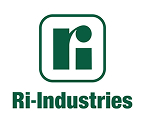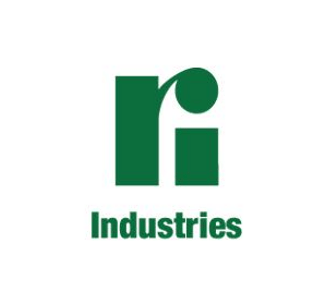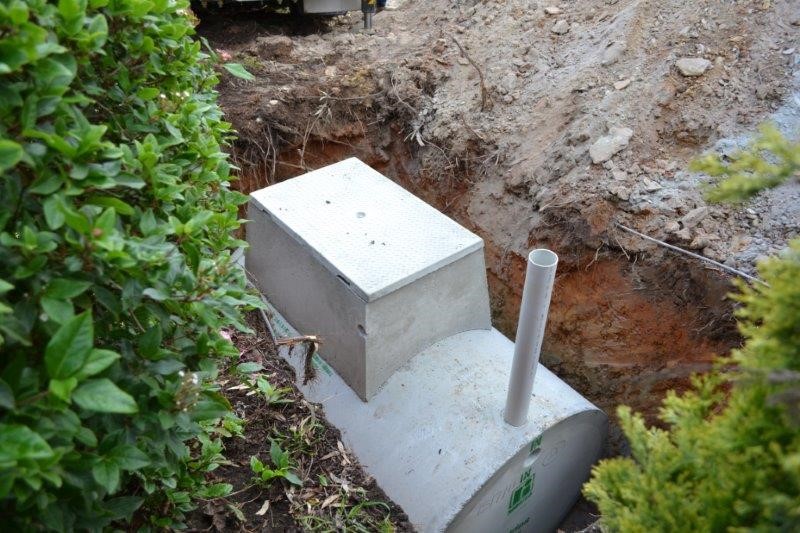Summer is on the way and for many of us that means frequent house guests and lots of time spent outdoors. After many long cold months of being cooped up indoors, we can’t wait to step outside and take deep breaths of fresh air while enjoying the beautiful landscape of our home with our friends and family. One kink that might ruin that plan is a septic tank with a problem.
What are some signs that your septic tank may need maintenance?
- contaminated tanks
- untreated sewage discharge
- soft smell spots
- pooling water
- slow drains
- an overly healthy lawn
- heavy rainfall
Did rainfall surprise you? Heavy rainfalls can cause the water table to rise. When the water table rises too high, it can saturate the septic tank’s soakage field which can cause contaminants to back up into the septic tank. So, when there has been heavy rain, take steps to put less stress on the septic system. For example, flush the toilet less, take shorter showers, and do less laundry. These are important tips to remember especially when you have guests staying with you and therefore the toilets, showers, laundry, etc. are used more. Also, divert water flow away from the area of the septic tank. Keep the soil around the septic tank from getting too saturated.
One more tip, watch how you mow your lawn! The drains that feed your septic system are buried underground, but not that deeply. A heavy riding mower and an improperly set mowing blade could damage the septic lines causing a dangerous backup in the septic system.
It is best to take preventative action to avoid major problems with the septic system so follow the recommendations for best care practices and be familiar with warning signs that maintenance may be needed. Questions? Call Ri-Industries , 08 8444 8100, and we’ll be happy to help!









